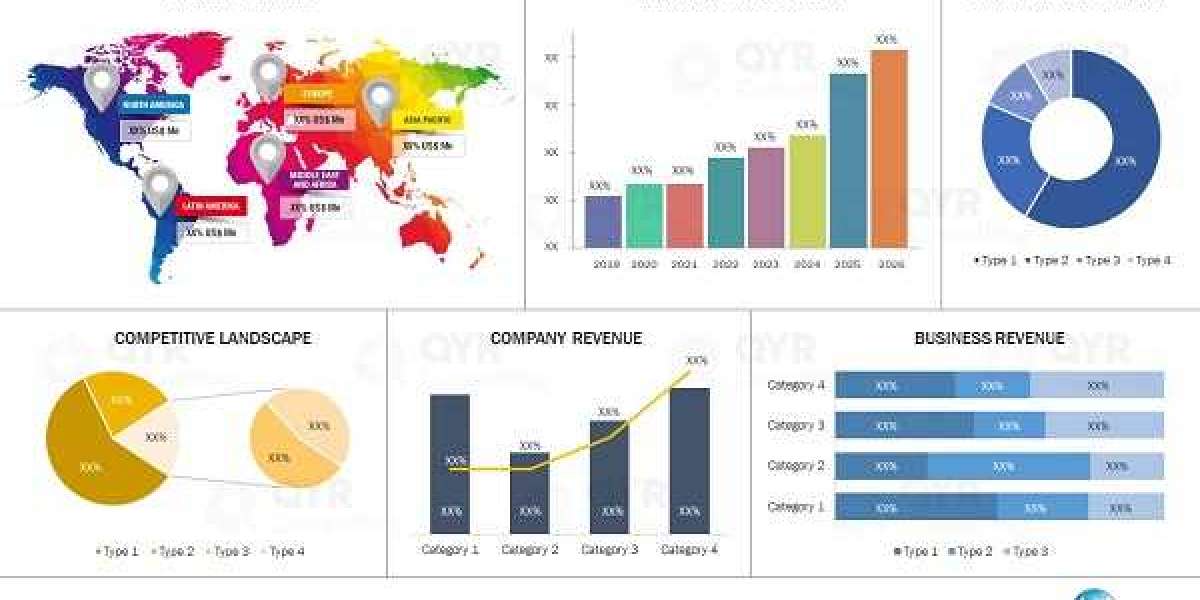Moving from Singapore to Johor Bahru is an exciting journey, but without proper planning, it can quickly become expensive. To help you move efficiently and save money, here are 5 practical cost-saving tips for a smooth and budget-friendly relocation.
1. Declutter Before Packing
Start by reducing the volume of items you plan to move. Sort through your belongings and sell, donate, or discard anything you no longer need. Fewer items mean less packing material, smaller moving trucks, and lower transportation costs. This simple step can significantly cut down your moving expenses.
2. Compare Moving Quotes
Don’t rush into hiring the first mover you come across. Take the time to research and compare quotes from multiple moving companies. Look for reputable and affordable services, which specialises in cross-border relocations. Make sure the quotes are transparent and include all potential charges to avoid unexpected costs.
3. Plan Your Move During Off-Peak Seasons
Moving during peak seasons, such as holidays or weekends, can be more expensive. To save money, schedule your move during weekdays or off-peak months. Movers are often less busy during these times, which can result in better rates and faster service.
4. Pack Yourself (If Possible)
While professional packing services are convenient, they can add to your overall expenses. DIY packing is a great way to save money. Begin early, gather free or affordable packing supplies, and pack non-fragile items yourself. For delicate or bulky items, consider hiring professionals to ensure they’re handled safely.
5. Optimise Transportation Costs
If you’re moving a smaller load, explore options like sharing truck space with others relocating to Johor Bahru. Alternatively, choose a moving company that offers consolidated shipping services, allowing you to split costs with others. This is particularly useful for smaller moves and can help you save significantly.
Conclusion
Moving from Singapore to Johor Bahru doesn’t have to break the bank. By decluttering, comparing quotes, planning strategically, packing yourself, and optimizing transportation, you can keep costs under control. For a seamless and affordable relocation, trust Classic Moving Asia to provide expert moving services tailored to your needs. Start planning today and enjoy a stress-free move to your new home!











